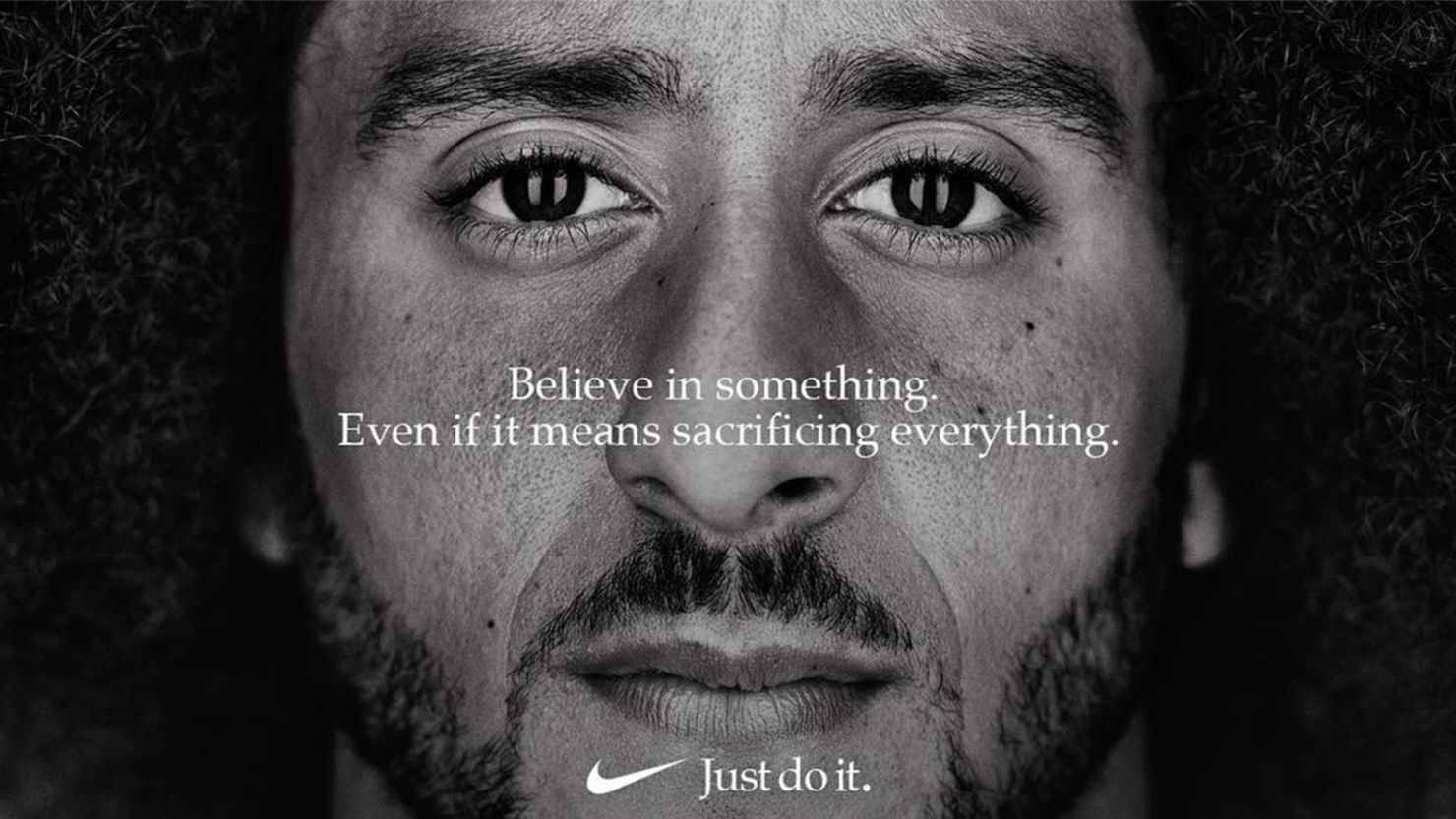The Power of Narrative Contingency Framing: How Media Tricks You into Buying Ideas
Key Points
- Narrative contingency framing makes you buy stories, not products. Brands like Apple and Nike use it to shape trends and behavior.
- Social media and influencers use narrative contingency framing to control perception. Success comes from strategic positioning.
- Use narrative contingency framing to build your brand and sell experiences. Emotionally driven marketing helps shape how people see you..
Ever wonder why certain trends blow up overnight? Or why you suddenly need a specific skincare product, even though you never cared about it before?
The answer is simple: narrative contingency framing.
The media doesn’t just sell you products; it sells you a story that makes you want the product.
And the craziest part? It works every single time.
You Don’t Buy the Product—You Buy the Story
Check your fridge. Look at your closet. Think about the last thing you spent money on.
Did you buy it because you truly wanted it, or because someone framed it as something you should have? Here’s how this plays out in everyday life:
- Superfoods: Chia seeds, kale, and matcha—these weren’t always trendy. But health influencers and brands framed them as must-haves for wellness, and now they’re in every grocery store.
- Quiet luxury vs. streetwear: One moment, everyone wants oversized hoodies and chunky sneakers because they scream “creative and rebellious.” The next, they’re after minimalist cashmere sweaters and loafers because they give off “old money” vibes. The actual clothing doesn’t change—just the way it’s marketed.
- Tech gadgets: Why do people line up for the latest iPhone when their current one works fine? Because Apple frames every new release as the future—sleeker, smarter, better. It’s never just a phone; it’s a status symbol.
Brands are experts at this. They don’t just sell you stuff—they make you feel like you need it.
And once you see how framing works, you start noticing it everywhere.
The Fashion Industry Runs on Framing
Look at the way luxury brands operate. A plain white T-shirt can cost $10 at a local store, but if it has a Balenciaga or Prada label, suddenly it’s worth $500.
Why?
Because it’s framed as a symbol of status.
- Hermès doesn’t just sell bags; they sell exclusivity. The Birkin isn’t displayed in stores. You have to “qualify” to buy one. That exclusivity frames it as rare and elite, making people want it more.
- Lululemon doesn’t just sell leggings; they sell a lifestyle. Their marketing makes you feel like wearing their activewear means you’re part of a health-conscious, stylish community.
- Nike doesn’t just sell shoes; they sell ambition. The “Just Do It” slogan frames every product as something that pushes you toward success. Buying Nikes isn’t just about sneakers—it’s about feeling like an athlete.
If these brands just listed their products with specs and prices, nobody would care.
It’s the framing—the way they position themselves—that makes people crave their products.
Social Media and the Perception Game
Let’s take influencers. Why do some people blow up while others stay in the background? It’s rarely about talent alone—it’s about how they frame themselves.
- Kim Kardashian didn’t become a billionaire by accident. She framed herself as the ultimate beauty and fashion icon. Every product she launches feels like an extension of that brand.
- MrBeast isn’t just a YouTuber—he framed himself as the generous, game-changing philanthropist of the platform. His giveaways and over-the-top stunts reinforce this narrative.
- Emma Chamberlain blew up because she framed herself as relatable. She wasn’t polished and perfect—she was messy, sarcastic, and real. That made her different.
The same applies to viral trends. Something as simple as iced coffee can become a personality trait if framed the right way (hello, “Clean Girl Aesthetic).
And once enough people buy into the frame, it becomes culture.
News & Public Perception: One Person, Multiple Narratives
Let’s say a major tech CEO makes a controversial decision.
One outlet calls them a “visionary leader,” another says they’re a “greedy billionaire,” and some social media posts frame them as a “meme-worthy villain.”
It’s the same person, same action—completely different takeaways.
This happens all the time:
- A celebrity scandal? Some fans call it a “misunderstanding,” while tabloids frame it as a career-ending disaster.
- A political event? Each news station spins the story to fit its audience’s beliefs.
- A viral internet moment? Twitter frames it as “the funniest thing ever,” while Instagram calls it “toxic.”
This is why being media-literate is critical. If you don’t question the framing, you’ll believe whatever version of reality is being handed to you.
How to Use Narrative Framing for Business
If you’re a business owner, creator, or marketer, understanding framing can change the game for you. Here’s how to apply it:
1. Frame Your Product as an Experience, Not Just an Item
People don’t buy candles—they buy relaxation. They don’t buy planners—they buy the feeling of being organized and in control.
- Sell coffee? Frame it as “a ritual for self-care,” not just a drink.
- Have a skincare brand? Sell “confidence in a bottle,” not just moisturizer.
- Run a tech startup? Position it as “the future of convenience,” not just another app.
2. Frame Yourself the Right Way
Your personal brand matters. How do you want people to see you?
- Are you the underdog entrepreneur who started from nothing?
- Are you the luxury consultant who only works with high-end clients?
- Are you the authentic creator who keeps it real?
Your website, social media, and content should reinforce this frame over and over again.
3. Use the Right Words in Marketing
Don’t just say, “Our product is high quality.” Frame it better:
- “Luxury skincare, without the luxury price tag.”
- “A dress so comfortable, you’ll never want to take it off.”
- “The productivity hack that actually works.”
Good framing makes people feel something—and that’s what sells.
4. Control the Narrative Before Someone Else Does
If you don’t define your story, others will do it for you. Make sure:
- Your brand has a consistent message across platforms.
- Your social media content reinforces your positioning.
- You stay ahead of trends so you’re framing conversations, not just reacting to them.
Final Thought: Be the One Who Frames, Not the One Who Gets Framed
Elon Musk once said, “You are the media now.” He’s right. Social media changed everything.
You don’t have to accept the narratives being fed to you—you can shape them yourself.
- If you’re an entrepreneur, build a strong brand frame so people see you the way you want to be seen.
- If you’re a creator, be intentional about how you position yourself online.
- If you’re a consumer, start questioning the stories behind trends before buying into them.
Once you understand how framing works, you can’t unsee it. And once you start using it strategically, you’ll never look at marketing—or even your own decisions—the same way again.























